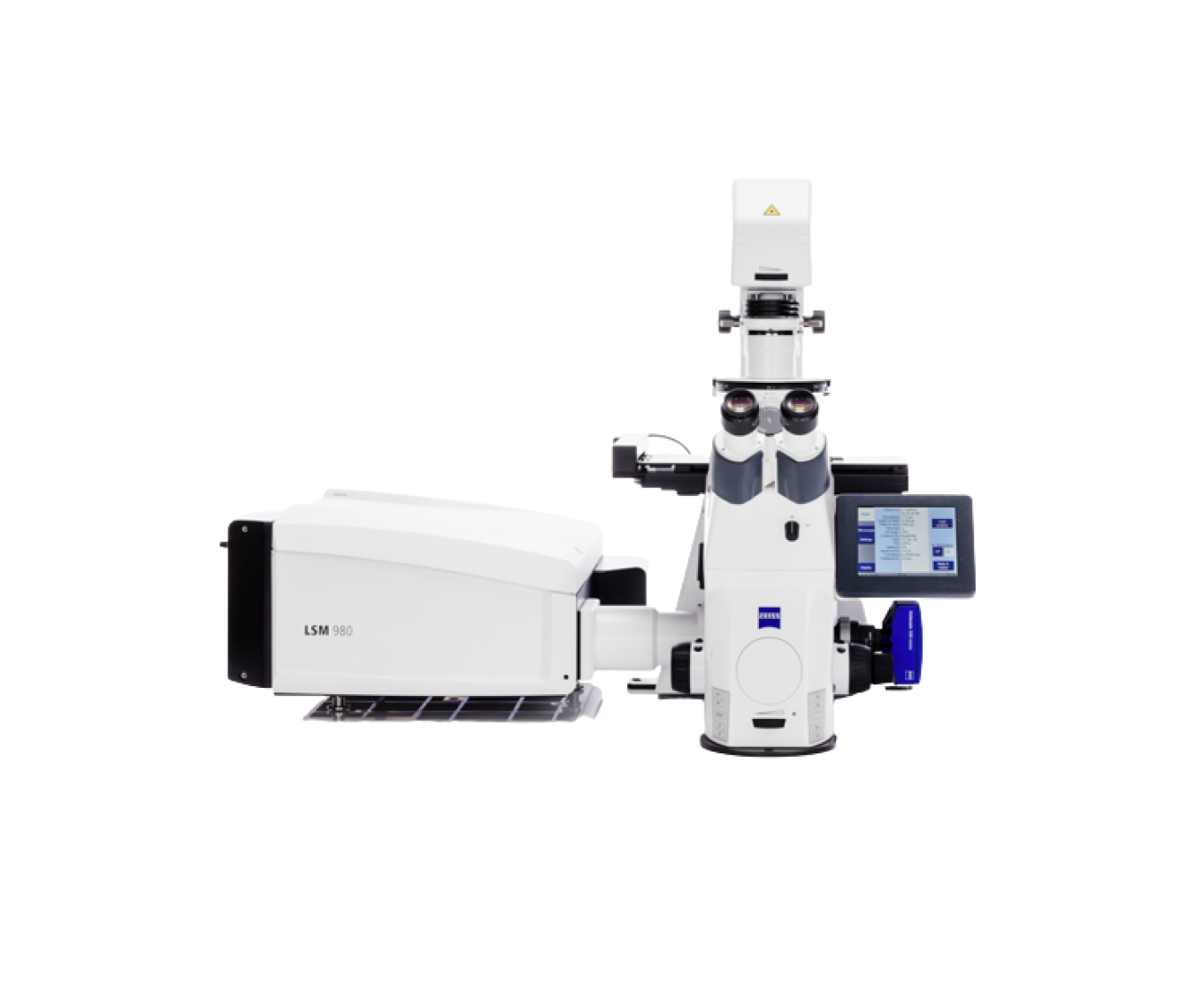Focal Adhesion in Vivo
With Dr. Minna Roh-Johnson


Zebrafish earn their stripes.
From the lab of Dr. Minna Roh-Johnson
Understanding how melanoma cells migrate requires in vivo study. Central to the issue is focal adhesion, or how cancer cells attach to an underlying substrate. Despite years of research, the organization of these structures is still unclear.
Dr. Roh-Johnson’s lab has developed an innovative system in zebrafish larvae that allows them to observe the formation of focal adhesion structures in highly migratory melanoma cells on the surface of the skin.
They have used this system to dissect the composition and dynamics of focal adhesion structures and have identified unique properties of cancer cells in their native environments. This deeper understanding of focal adhesion formation is a positive step toward therapies to prevent it.

Cancer cells on the move
Cancer cells interacting with matrix in vivo. Zebrafish melanoma cells (magenta) physically interact with collagen fibrils (green) during cell migration in vivo.



Focal adhesion in action
Cancer cells form focal adhesion structures at the base of actin-rich protrusions. Zebrafish melanoma cells expressing Paxillin (green) and Lifeact to visualize actin (magenta).

Tracking melanoma in zebrafish
Cancer cells form actin-rich structures during cell migration in vivo. Zebrafish melanoma cells expressing Lifeact-EGFP transplanted into a four-day post-fertilization zebrafish larva.


“The best results are when you see something you didn't expect under the microscope.”
Dr. Minna Roh-Johnson leads the University of Utah’s biochemistry lab. The primary focus of her research is cell biology and unlocking the mysteries of cell migration, particularly in cancer cells.

Experience more breakthroughs and download Dr. Minna Roh-Johnson ’s full research report.

Connect with us to go deeper on this research and receive updates on future breakthroughs.
Join us live
Locate a ZEISS event near you and discover the power of possibilities.
























